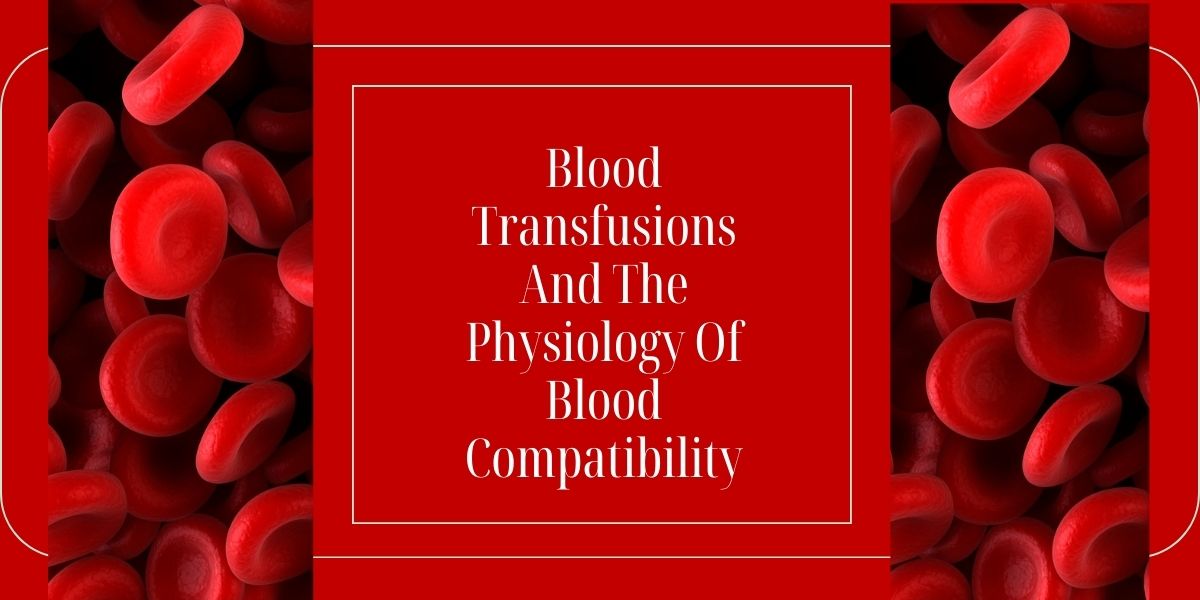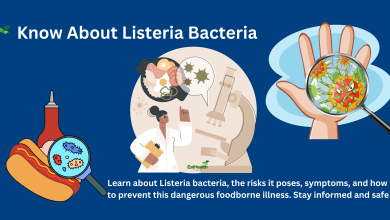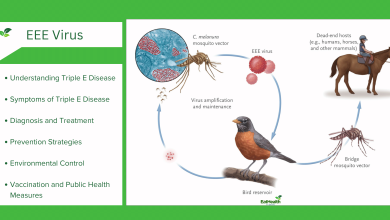Blood Transfusions And The Physiology Of Blood Compatibility
Decoding the Intricacies of Blood Transfusions and Ensuring Compatibility for Lifesaving Interventions

Blood Transfusions
Embark on a journey into the lifelines of medicine as we unravel the complex web of blood transfusions and the physiological intricacies that dictate compatibility. In this comprehensive exploration, we delve into the science behind this crucial medical intervention, ensuring that every drop transfused is a beacon of life.
I. The Essence of Blood: Understanding the Physiology
Begin by understanding the fundamental components of blood and their roles in maintaining the delicate balance within the circulatory system. Explore the intricacies of red blood cells, white blood cells, platelets, and plasma, laying the foundation for comprehending blood transfusions.
II. Evolution of Blood Transfusions: A Historical Perspective
Take a historical walk through the evolution of blood transfusions, from early attempts to modern-day practices. Learn about key milestones, challenges faced, and the breakthroughs that have shaped the field of transfusion medicine.
III. Physiology of Blood Compatibility: A Symphony of Antigens and Antibodies
Delve into the fascinating world of blood types, antigens, and antibodies. Unravel the physiological basis of blood compatibility, exploring the ABO system, Rh factor, and other blood group systems that determine whether a transfusion is successful.
IV. The Importance of Crossmatching: Ensuring Compatibility in Every Transfusion
Explore the meticulous process of crossmatching and its crucial role in ensuring compatibility between donor and recipient. Understand how this step minimizes the risk of transfusion reactions and enhances the safety of the procedure.
V. Blood Transfusion Reactions: Physiology and Recognition
Navigate through the various types of transfusion reactions, understanding their physiological basis and the importance of swift recognition and intervention. From hemolytic reactions to allergic responses, grasp the nuances of managing these critical situations.
VI. Advancements in Blood Component Therapy: Tailoring Transfusions for Specific Needs
Discover how modern medicine tailors blood transfusions to specific patient needs. Explore the science behind component therapy, including packed red blood cells, platelets, and fresh frozen plasma, optimizing patient outcomes.
VII. Blood Safety Measures: From Donor Screening to Pathogen Reduction
Delve into the measures undertaken to ensure the safety of the blood supply. Learn about donor screening processes, testing for infectious diseases, and emerging technologies like pathogen reduction to enhance the safety of blood products.
VIII. Special Considerations in Blood Transfusions: Pediatrics, Obstetrics, and More
Explore the unique considerations in specific patient populations, including neonates, pregnant individuals, and those with specific medical conditions. Understand how physiology varies in these cases and how transfusions are tailored accordingly.
IX. The Future of Blood Transfusions: Innovations and Emerging Technologies
Look ahead to the future of blood transfusions, exploring cutting-edge technologies, such as artificial blood substitutes and advancements in transfusion medicine that hold promise for revolutionizing this life-saving intervention.
Conclusion: Safeguarding the Gift of Life
As we conclude this in-depth exploration, reflect on the intricate physiology that underpins blood transfusions. Acknowledge the collaborative efforts of medical professionals, researchers, and donors in safeguarding the gift of life through this indispensable medical intervention.




